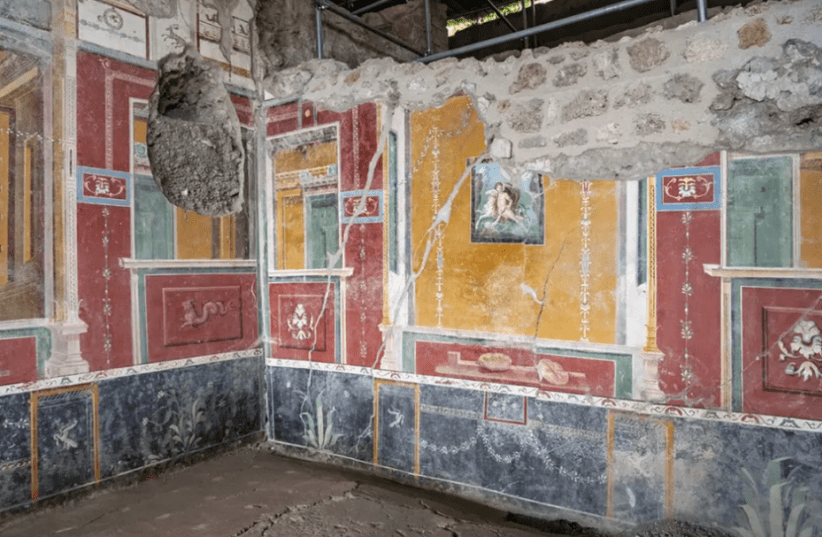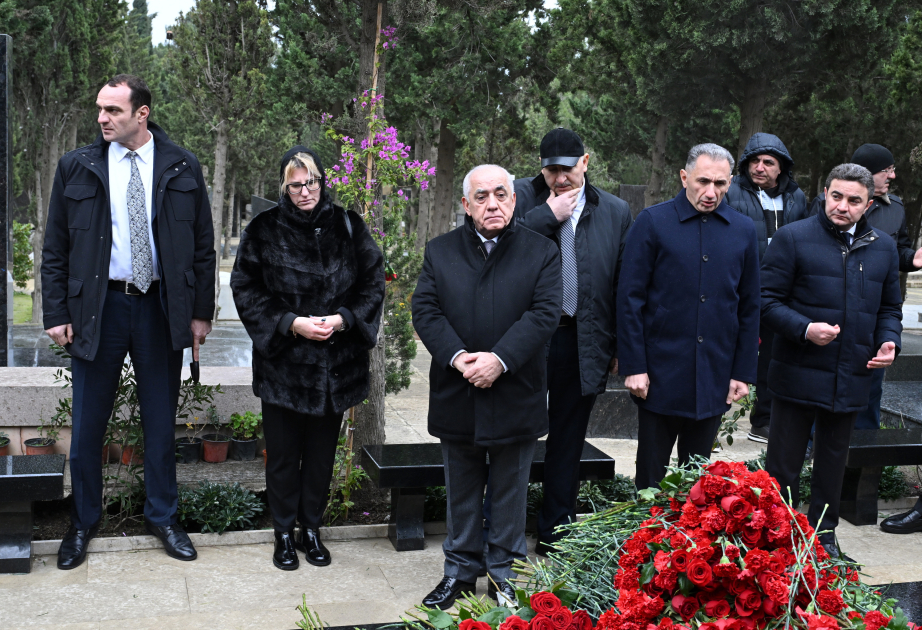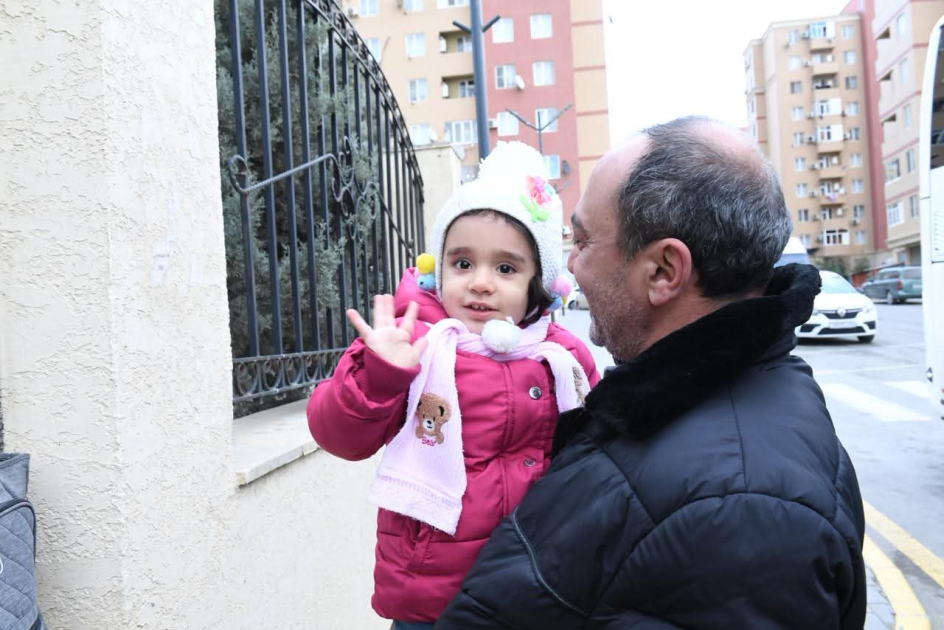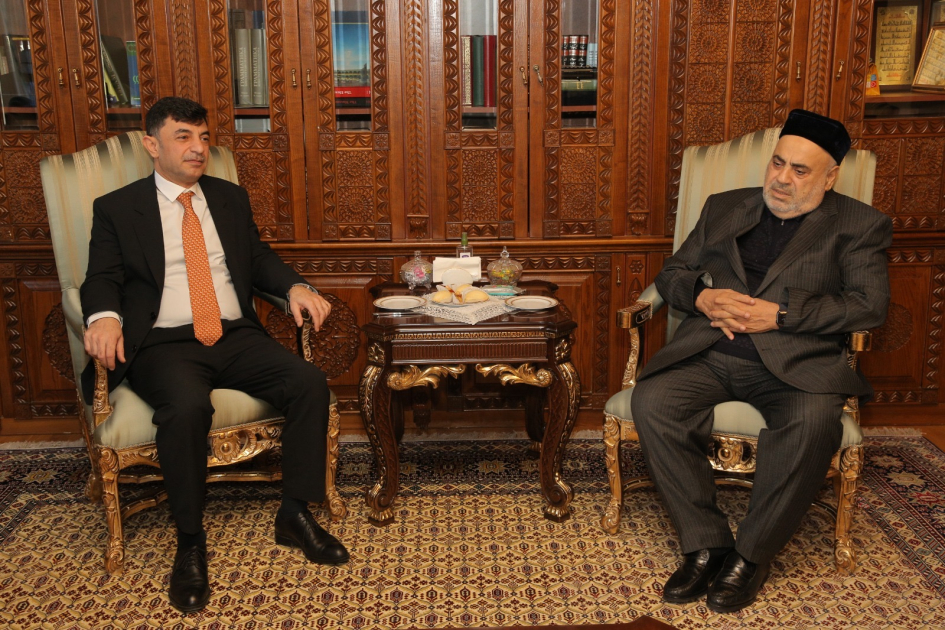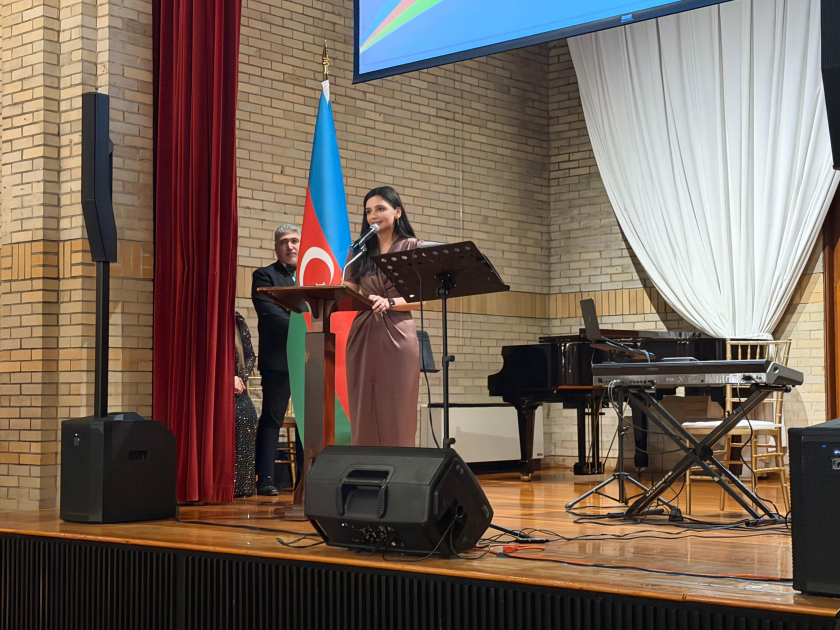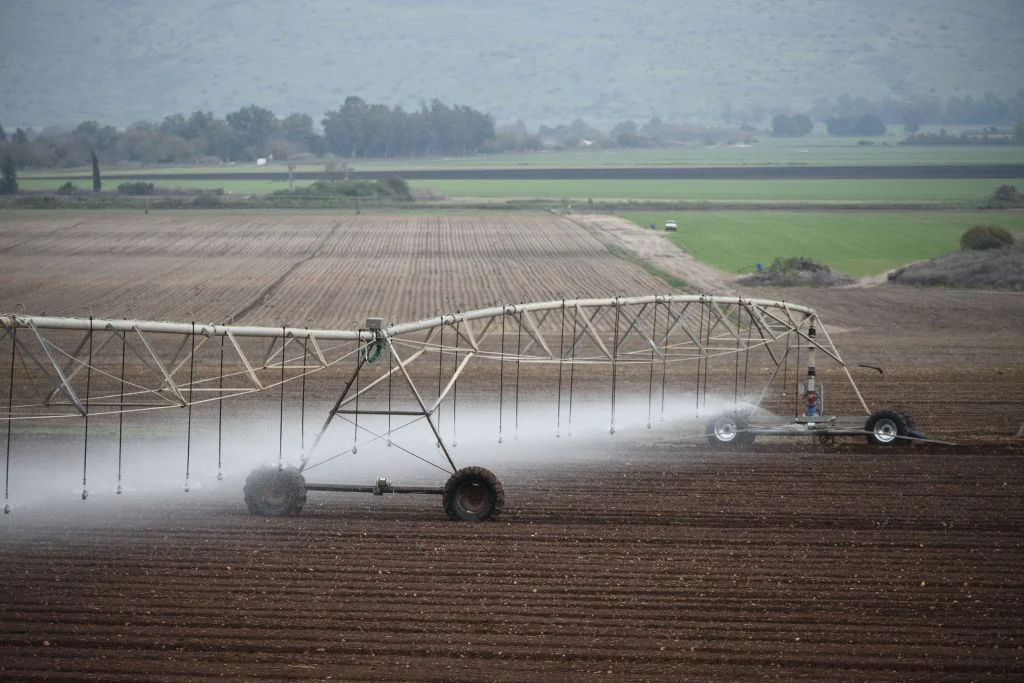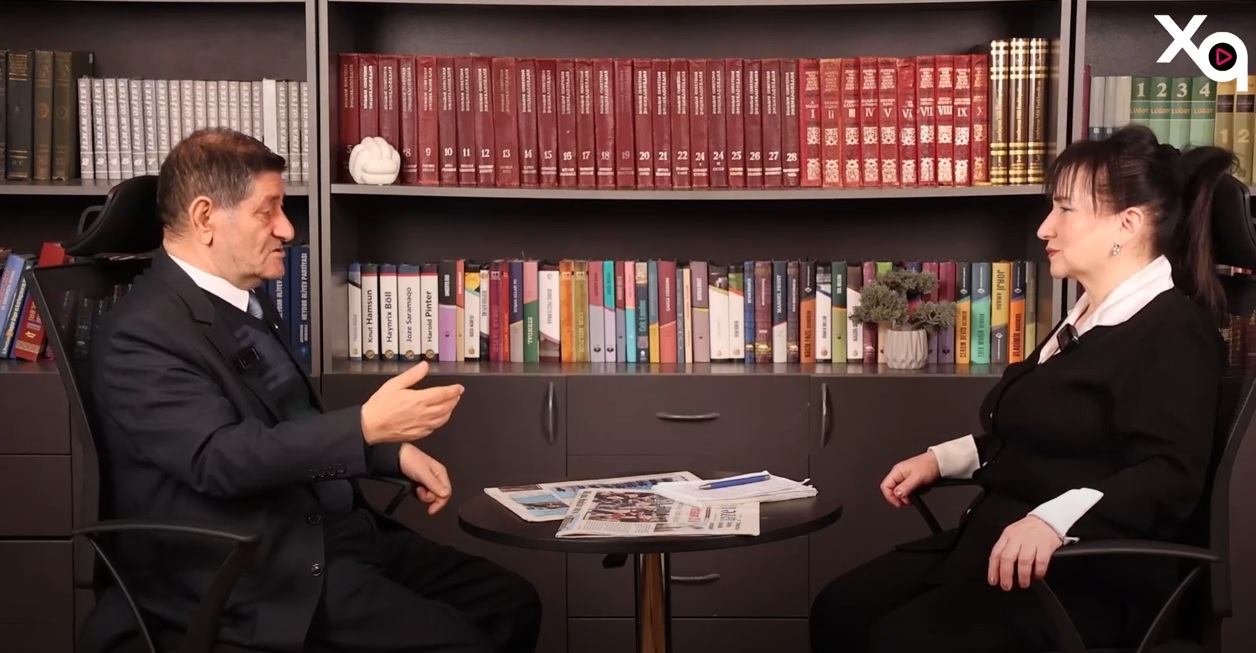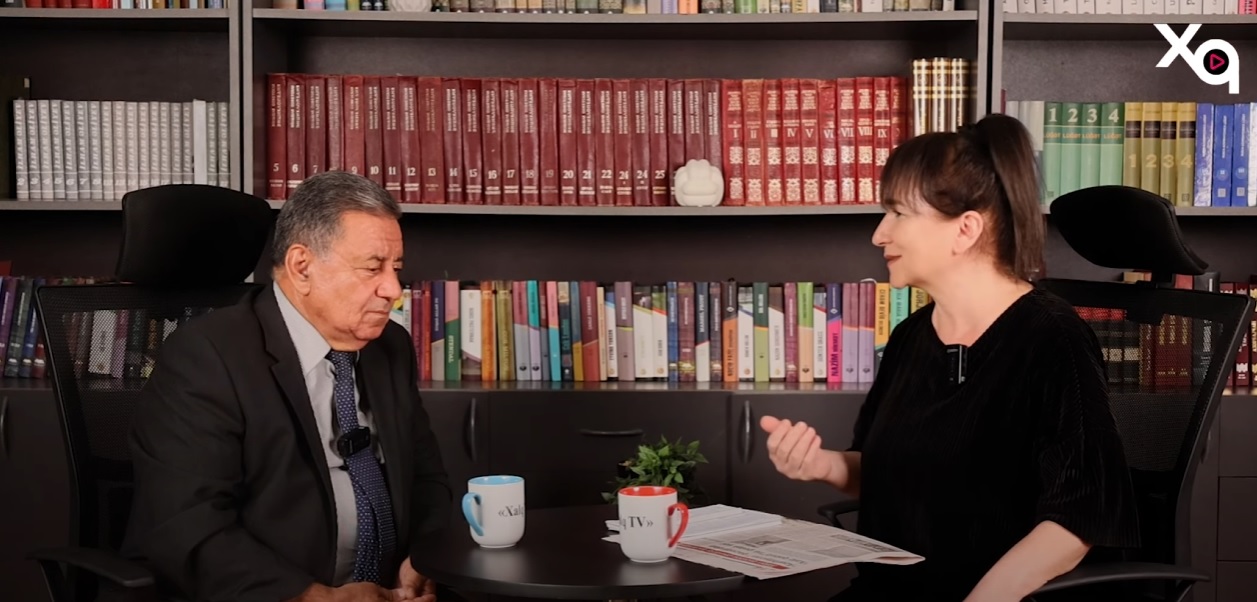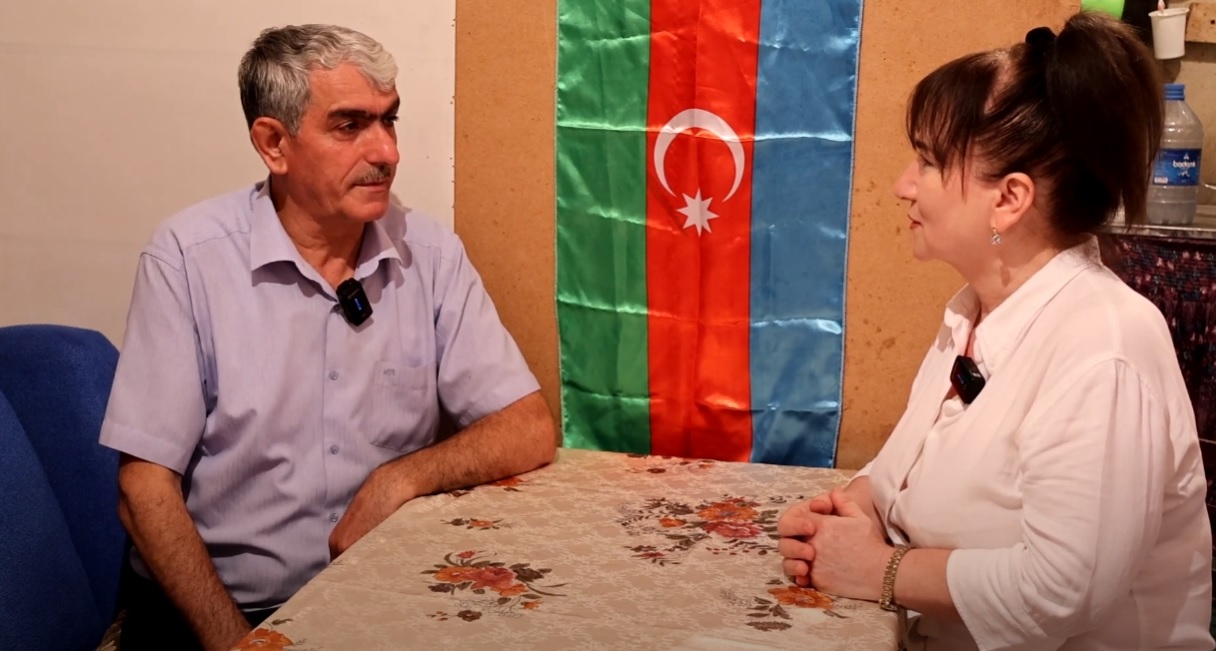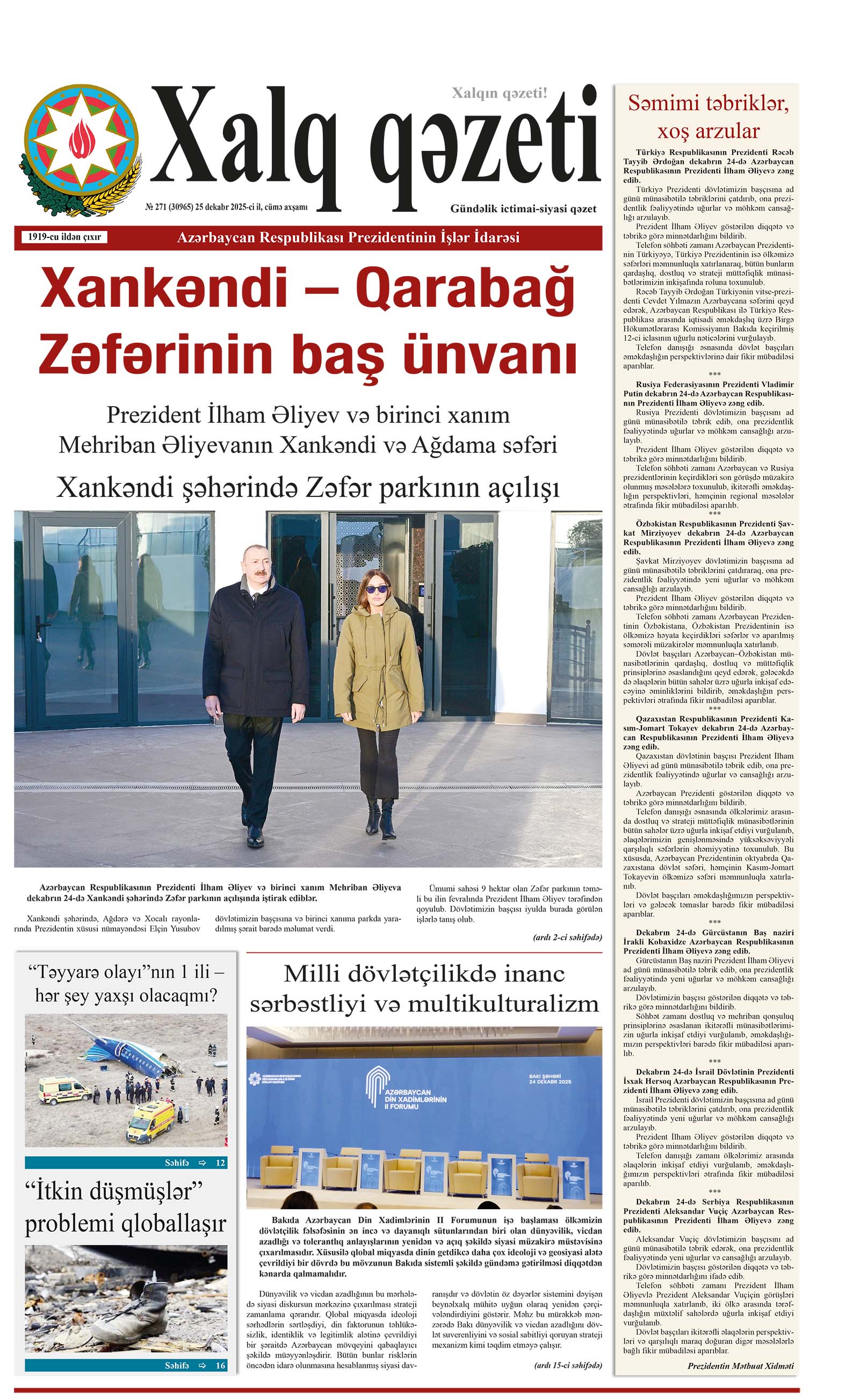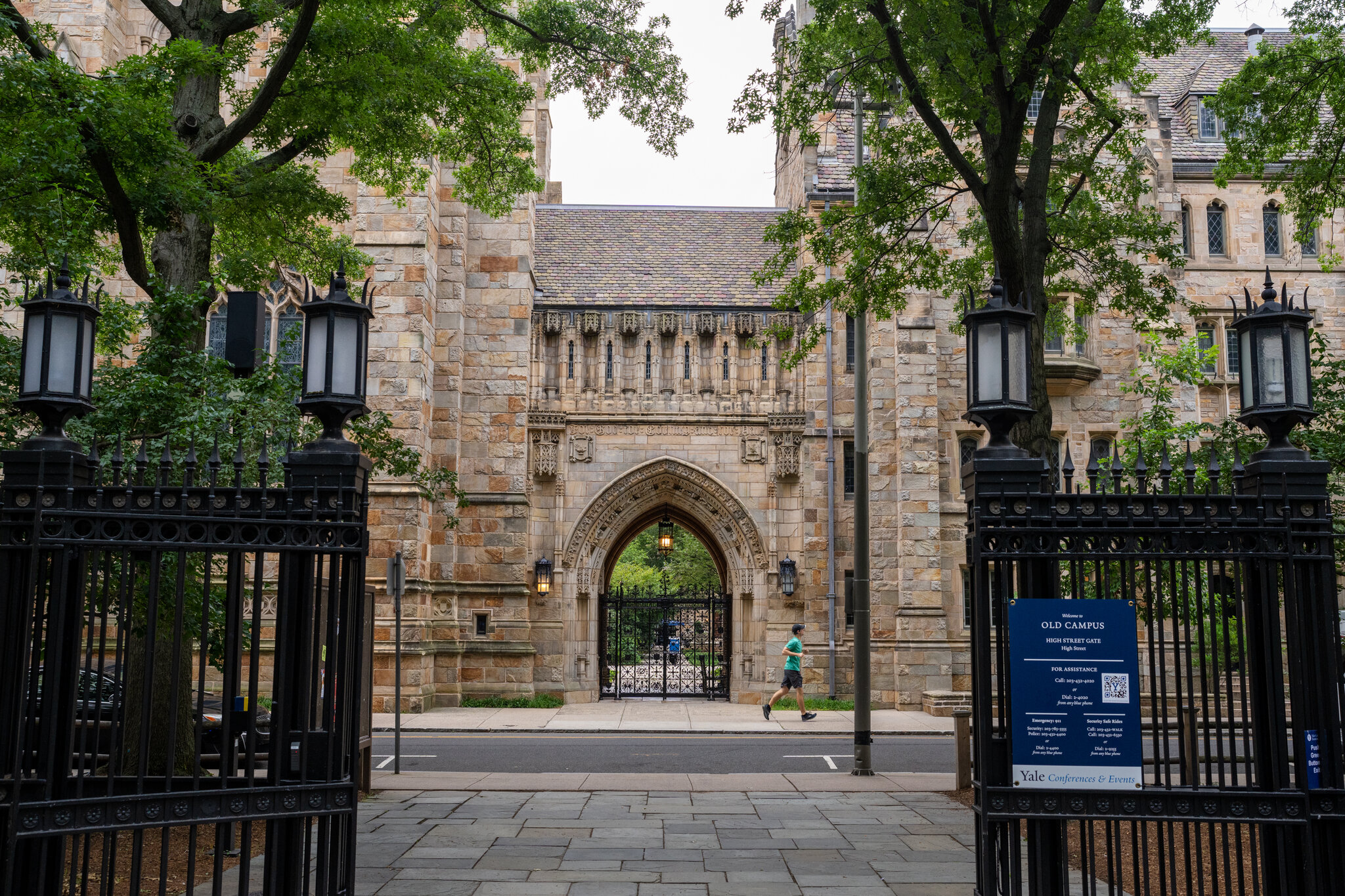By JERUSALEM POST STAFF
According to the study, the family attempted to lock themselves in a room, using a bed wedged against the door to barricade themselves as volcanic debris poured in.
A new study published in The Journal of the Geological Society and the E-Journal of the Pompeii Excavations has revealed the last moments of a family in Pompeii during the eruption of Mount Vesuvius in 79 CE, according to HeritageDaily. According to the study, the family attempted to lock themselves in a room as the disaster unfolded, using a bed wedged against the door to barricade themselves while volcanic debris poured in.
Commenting on the findings, Park Director Gabriel Zuchtriegel explained that volcanic lapilli entered the Casa di Elle e Frisso through an opening in the atrium roof, forcing the family to seek refuge in the room where they barricaded the entrance. "In this small, wonderfully decorated house, we found traces of the residents who tried to save themselves, blocking the entrance to a small room with a bed, of which we made a cast," Zuchtriegel said, according to ANSA. He added that the lapilli were entering through the opening of the atrium's roof, risking invasion of the space.
During the excavation, the remains of at least four people were found, including a child. Among the remains in the Casa di Elle e Frisso is a bronze bulla, an amulet given to male children until they came of age as Roman citizens, which likely belonged to the child found during the excavation. The victims were found in panic positions, indicating they lived through those moments and saw their end approaching. Plaster cast moulds of detected voids in the house revealed the shape of the bed, along with the remains of the individuals.
The recent excavation of the Casa di Elle e Frisso, also known as the House of Elle and Phrixus, has revealed well-preserved rooms, including an atrium with an impluvium, a bedroom, and a banquet hall with richly decorated walls. The house is named for a mythological fresco found in its triclinium that depicts the tale of Phrixus and Helle, which was already documented in 2018. The House of Elle and Phrixus is located near the House of Leda and the Swan.
Excavations also uncovered household items such as amphorae used for storing garum, a fermented fish sauce, and a set of bronze tableware, including a ladle, a one-handled jug, a basket-shaped vase, and a shell-shaped cup. These everyday objects signal a life that was abruptly interrupted by the eruption.
Some elements, such as the removed thresholds, the absence of decoration in some areas, and the traces of cutting portions of masonry at the entrance of the house, suggest that the Casa di Elle e Frisso was undergoing renovation at the time of the eruption. However, the house continued to be occupied by its inhabitants, who, caught by the eruption, preferred not to leave the building and found death there.
Zuchtriegel added that the pyroclastic flow arrived, filling every room, and that the seismic shocks had already caused many buildings to collapse before the eruption. "Excavating and visiting Pompeii means confronting the beauty of art but also the precariousness of all our lives," he concluded, according to ANSA.
The eruption of Mount Vesuvius in 79 CE buried Pompeii, a Roman city near Naples, along with the nearby towns of Herculaneum, Oplontis, and Stabiae. During the eruption, the people of Pompeii were blanketed in rivers of toxic and hot gas, ash, and debris, leading to their deaths. The fiery shower sent the residents into panic, as they faced an inferno that struck the city on August 24, 79 CE.
Soon after, several fast-moving pyroclastic flows of scorching gas and volcanic debris swept through the Casa di Elle e Frisso, engulfing it in temperatures between 180 and 360 degrees Celsius.


